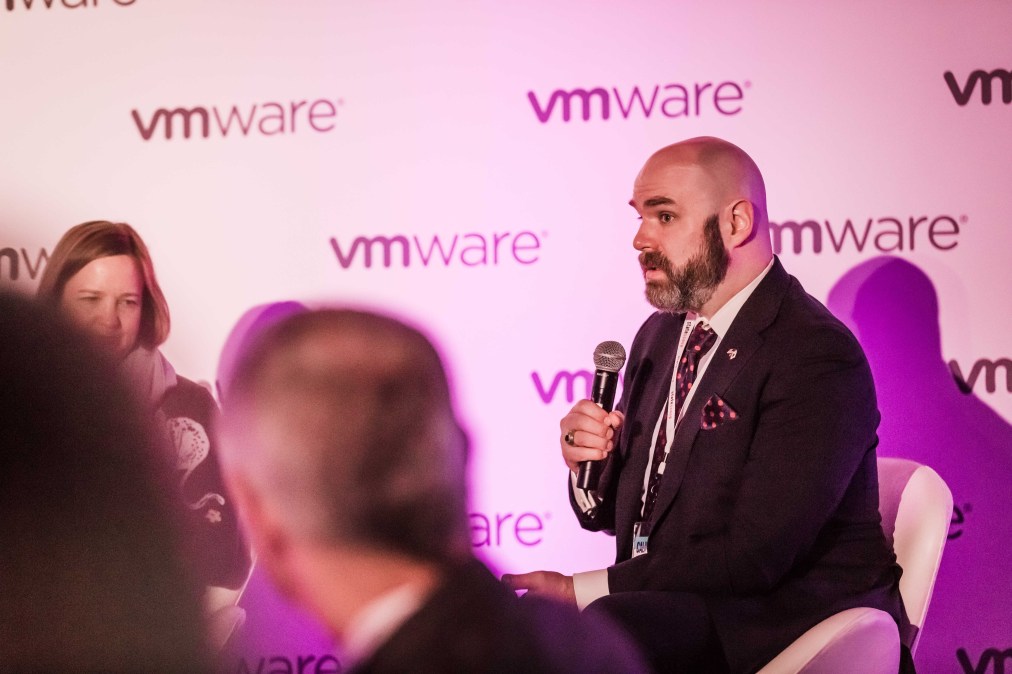Cross-government collaboration tough, but fruitful in California

Whether hardening network defenses or install new street-level sensors, joining minds from across disciplines is worth the hassle of managing those relationships, California government technology executives said at a conference Tuesday.
In California, some collaborations have proven immensely useful, Peter Liebert, the state’s chief information security officer, said at the StateScoop’s California Innovation Summit in Sacramento.
He said the California Cybersecurity Integration Center, or Cal-CSIC, has “been great” since Gov. Jerry Brown created it in 2015. Cal-CSIC was designed as an interdepartmental working group — used by the Office of Emergency Services, Department of Technology, Military Department and California Highway Patrol — to coordinate responses to cyber-incidents, monitor threats and advisories and automate information exchanges.
The program has prompted other states, which Liebert did not name, to reach out to California for help on cybersecurity, he said. Successful collaborations like Cal-SCIC illustrate why it’s important for officials to go out of their way, he said, to talk to and work with people outside their usual circles.
“I think across the board we could do collaboration in a much more enhanced or meaningful manner,” Liebert said. “Collaboration is hard. Sharing data takes money, it takes time, it takes effort.”
Christine Miller, the vice president and chief information officer at Sacramento State University, said the California State University system has to be collaborative because it’s short on resources. And because universities are focused on serving their local communities, forming partnerships with people who are close to the community is also crucial, she said..
“Any technology you could mention, we do collaborate a lot,” Miller said. “We share templates and standards. We love for our students to have service learning and internship opportunities.”
The growing cybersecurity risks facing all levels of government, including education, is also forcing her to look for ways to collaborate and share information, Miller said. One challenge for a university, she said, is adapting to change as quickly as technology progresses.
“We’re not used to innovating the curriculum really, really quickly,” she said. “It makes it that much more important for us to work together.”
Miller said various projects have taught her that her office’s mission is more similar to that of state and local governments’ than she had originally imagined, making such partnerships naturally symbiotic.
San Jose CIO Rob Lloyd pointed to his city’s partnership with San Jose State University’s interdisciplinary engineering program that has been useful in supporting the city government’s workforce around “smart cities” efforts.
“We’ve had a heck of a time hiring people who can create those solutions and support it,” Lloyd said.
Though the workforce issue is “severe,” he said, “we can address these things together.” And beyond that, he said, where governments overlap represents a tremendous opportunity and responsibility.
“We have this wonderful responsibility as community leaders to be stewards and help our communities get to that next place,” Lloyd said.
The important thing for an organization seeking a new partnership is to recognize that collaboration is always “a two-way street,” Liebert said.
“You’re not just going to give up something with nothing in return,” he said. “But we want to see more of this take root. It’s a challenge and we can always do better.”






